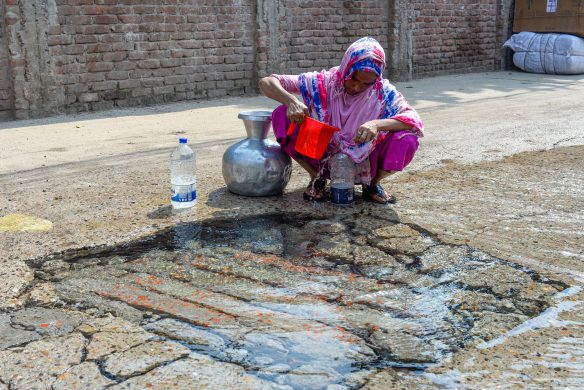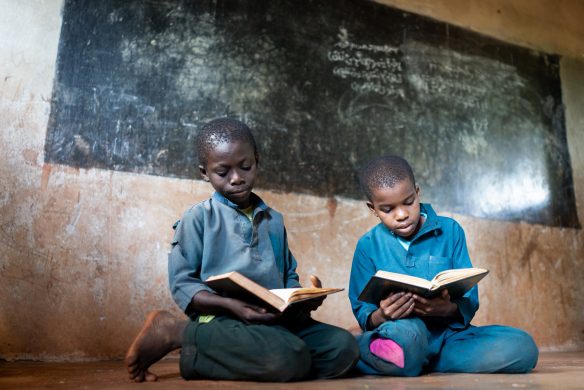LONDON, 28 October 2010 (IRIN) – Ny analyse viser, at problematiske og ineffektive tilgange til nødhjælp blev taget i brug gentagne gange på Haiti og påpeger samtidig, hvad der kan gøres bedre i fremtiden.
Listen to locals, tap into existing capacity, coordinate needs assessments, find strong leaders and provide transitional shelter – not just tents. These are some of the lessons to have emerged from the 2007 tsunami evaluation, numerous earthquake responses and the latest Haiti real-time evaluation, begging the question: when will the humanitarian community start applying these lessons learned.
“There is still a tendency not only to reinvent the wheel, but also to turn it the wrong way,” notes the Haiti Real Time Evaluation (RTE), written in August 2010 but just published in October.
Flaws
At the operational level repeat problems emerged. Needs assessments were incomplete and duplicative; transitional – as in medium-term – shelter was not provided at scale; sanitation solutions were inadequate; and the overall protection response- particularly to sexual and gender based violence – was weak.
Process-wise, few agencies informed local communities of what they were doing or why they were there; and while they coordinated closely at first with what was left of the national authorities, this coordination dwindled over time, according to the RTE.
Most coordination meetings for each sector, or “cluster”, took place in English, and many national staff were barred due to too-tight security measures, says the RTE.
Perhaps most frustrating, after the stress laid on improving leadership in the humanitarian sector over recent years, was the poor leadership exhibited at the top of the UN system, but also among cluster heads. It took several weeks for the UN to decide whether to appoint a humanitarian and recovery head or to merge it all under one leader; and to appoint the right person for the post. The UN humanitarian country team was only convened a full three weeks after the disaster hit, notes the RTE.
You can’t dig a latrine in the middle of a city
The urban locus of the Haiti disaster posed a huge challenge to the humanitarian community, which is still geared up primarily for rural response, and is only now beginning to address urbanization challenges, said Ross Mountain, director of independent group, Development Assistance Research Associates (DARA).
“You can’t dig a latrine in the middle of a city,” said Poteat. “Camps are hard to secure in urban spaces. Populations kept on moving around – from camps to villages and back, so it was hard to keep track of them.” Urban crisis response is the focus of the latest World Disasters Report.
Further, widespread media attention brought hundreds of small NGOs to Haiti to try to help out, many with little emergency experience; in addition to the hundreds of reporters seeking instant stories and a strong US military presence, said Holmes. “There were even more actors there than usual… This can further hamper coordination efforts” he said.
Recommendations
The RTE recommends aid agencies hone their approach to large-scale natural disasters in urban settings. “We will see more of these disasters – the Haitis, the Pakistans, linked to climate change – in the future,” said Mountain, “and we do not have the tools we need to deal with them. This is a warning that we need to prepare,” he said.
Other recommendations include vastly improving protection and water and sanitation responses in crises; to use new technology more effectively – for instance using SMS applications to distribute cash, or satellite imagery in needs-assessments. As Mountain told IRIN: “Everyone talks about satellite imagery being available to map needs, but where is it? Whenever I’m on the ground, I can’t access it.”
And in terms of approach, agencies should finally try to grasp the lesson that taking an inclusive, participatory approach does not necessarily slow down response, but can indeed make it quicker, said the RTE.
These lessons are not necessarily new – the challenge is how to apply them. Holmes suggested an independently-run follow-up matrix outlining actions aid agencies must adopt in the next disaster, so they can be held to account. Poteat suggests more future-oriented scenario planning – for instance for a large-scale megalopolis-centred disaster. “Rather than always looking backwards, we need to prepare for the future,” she said.














